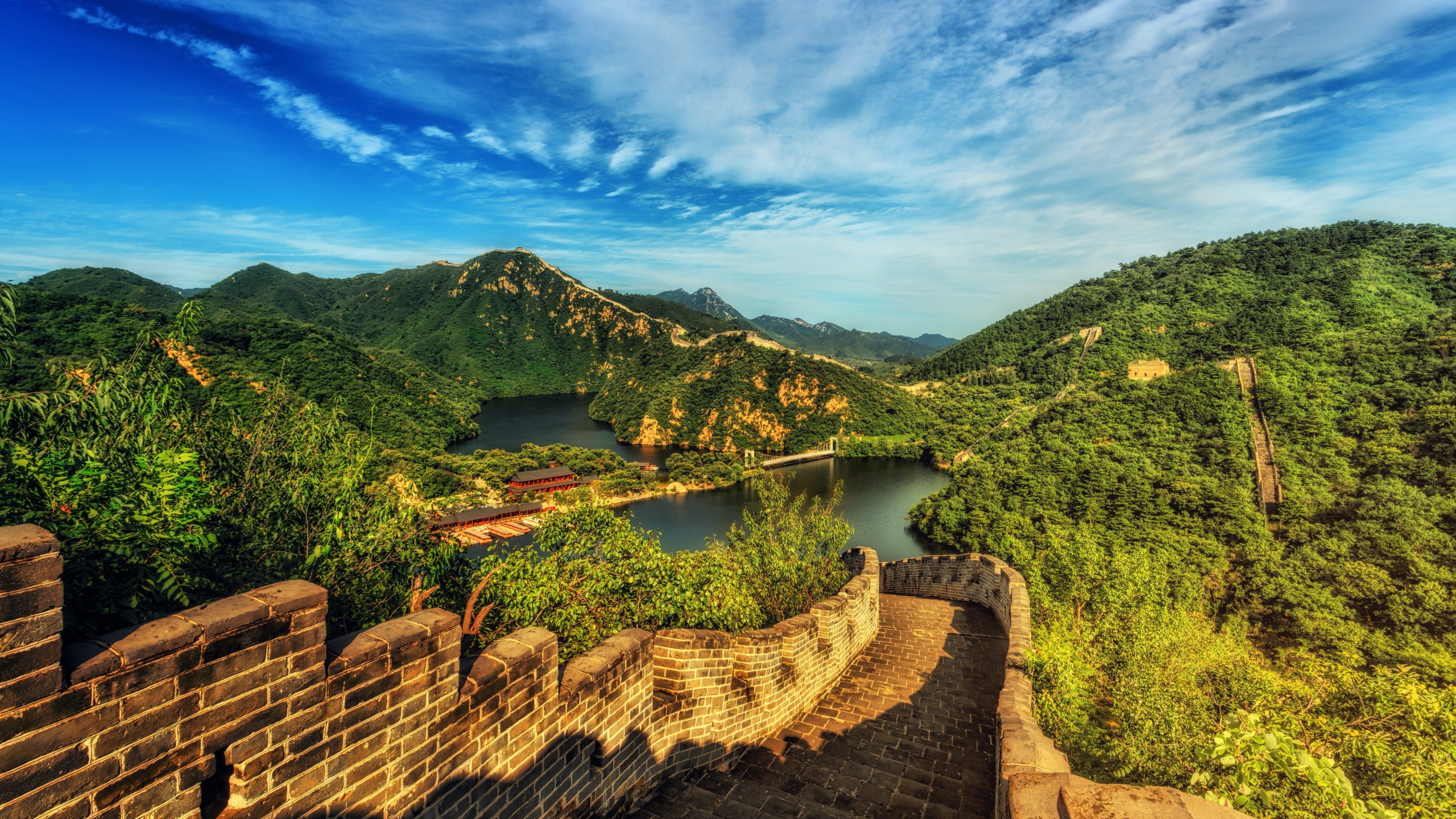A Journey Through Time: Exploring the Magnificent Great Wall of China
Nestled in the heart of China, an ancient marvel stands as a testament to human ingenuity, determination, and the relentless pursuit of greatness. The Great Wall of China, one of the most iconic structures on our planet, has a history that spans centuries and is a must-visit for any avid traveler. Join Green Sun Travel on this incredible journey as we embark on an adventure to explore the wonders of the Great Wall.
About The Great Wall of China
The Great Wall of China is one of the most iconic and historically significant structures in the world. This colossal wall, a UNESCO World Heritage Site, stretches across the northern part of China and is an enduring symbol of the country’s rich cultural heritage and ancient history. Here is an overview of the Great Wall of China:
- Historical Significance: The Great Wall has a history that dates back over two millennia. It was originally built in the 7th century BC during the Warring States period and later expanded and connected by various Chinese dynasties. Its primary purpose was to serve as a defensive fortification against invasions by nomadic tribes and foreign powers.

- Length: The total length of the Great Wall is estimated to be approximately 13,000 miles (21,196 kilometers), making it the longest wall in the world. However, it’s important to note that the wall is not a continuous structure but rather a series of walls, fortifications, and natural barriers built by different dynasties over time.
- Sections: The Great Wall is often divided into different sections, each with its unique characteristics. Some of the most famous and well-preserved sections include Badaling, Mutianyu, Jinshanling, Simatai, and Jiankou. Each section offers a different experience for visitors, from well-restored parts with amenities to rugged, less-visited stretches.
- Architecture: The architecture of the Great Wall varies depending on the era in which a particular section was built. It includes stone, brick, tamped earth, wood, and other materials. Many sections feature watchtowers, beacon towers, and fortifications, which provided both defensive and communication functions.
- Cultural Significance: The Great Wall of China is not just a physical barrier; it also holds immense cultural significance. It has been the subject of numerous legends, poems, and works of art throughout Chinese history and is a symbol of unity, strength, and national identity.
- Tourism: Today, the Great Wall is a popular tourist destination, attracting millions of visitors from around the world. Visitors can explore various sections, hike along its undulating path, and enjoy breathtaking views of the surrounding landscapes.
- Conservation: While many parts of the Great Wall have been well-preserved, others are in a state of disrepair or have been lost to natural erosion and human development. Efforts have been made to protect and restore these historical sites.
- UNESCO World Heritage: In 1987, the Great Wall of China was designated as a UNESCO World Heritage Site, recognizing its cultural and historical importance to humanity.
- Symbol of China: The Great Wall is an enduring symbol of China and its rich history. It stands as a testament to the ingenuity and determination of the Chinese people throughout the ages.
Visiting the Great Wall of China is a captivating journey back in time, an exploration of Chinese history, and an opportunity to witness one of the world’s most iconic landmarks. It remains a source of wonder and inspiration for people worldwide.
The Great Wall of China Journey

Day 1: Arrival in Beijing
Our adventure begins in Beijing, the vibrant and historic capital of China. After a long flight, I was eager to get started. I checked into a cozy guesthouse, ready to explore the city and prepare for the epic journey that lay ahead. The anticipation was palpable as I gazed out at the Beijing skyline, knowing that the Great Wall awaited.
Day 2: The Mutianyu Section
My first day on the Great Wall was spent at the Mutianyu section, known for its breathtaking scenery and well-preserved fortifications. A cable car ride took me to the wall, allowing me to take in panoramic views of the surrounding mountains. The wall’s serpentine path snaked across the hills, and I was in awe of the labor and skill that had gone into its construction.
As I hiked along the wall, I couldn’t help but think about the history that unfolded here. The Great Wall was built to protect against invasions, and its story is both inspiring and poignant. The watchtowers served as a constant reminder of the past, and I marveled at the strategic brilliance of the wall’s design.
Day 3: The Jinshanling Section
My next stop was the Jinshanling section, a more rugged and less crowded portion of the Great Wall. It was an intense hike, with challenging ascents and descents, but the rewards were immeasurable. This section showcased the wall’s original condition, offering an unfiltered view of its ancient beauty.
The dilapidated watchtowers at Jinshanling told tales of centuries gone by, and the sense of timelessness was enchanting. I witnessed a stunning sunset over the wall, a moment I will cherish forever.
Day 4: Simatai and a Night Adventure
Simatai, known for its steep gradients and suspension bridge, was my next destination. This section was an adrenaline rush, with the thrilling feeling of walking along the precipice. After the day’s adventure, I decided to stay for a night tour, an unforgettable experience. The wall was illuminated, casting an eerie but enchanting glow across the landscape. It was a fitting end to my exploration.
Day 5: Farewell to the Great Wall
As I made my way back to Beijing, I reflected on my incredible journey. The Great Wall of China had exceeded all my expectations. Its majesty, history, and the stories it whispered through the stones left an indelible mark on my heart.
The Great Wall of China is not just a wall; it’s a living testament to the human spirit. Its beauty, grandeur, and historical significance are unrivaled. I encourage every traveler to make this incredible journey, to stand atop the wall and witness the world from a different perspective.
Conclusion
The Great Wall of China stands not only as an architectural marvel but as a symbol of human determination and historical legacy. As we conclude our exploration of this iconic structure, it’s worth emphasizing the deep historical significance it carries. For over two millennia, this monumental creation has protected and defined China, serving as a guardian against invasions and a testament to the unwavering spirit of its people.
From the rugged, unrestored sections that transport you back in time to the well-preserved parts that offer modern amenities, the Great Wall offers a unique journey through China’s past and present. Its watchtowers, breathtaking vistas, and the stories etched in its stones remind us of the countless lives that have shaped its history.
Visiting the Great Wall is not just a physical journey; it’s a spiritual one. It’s an opportunity to connect with the heart of China, to stand in awe of its ingenuity, and to reflect on the lessons history offers. The Great Wall is more than just a wall; it’s a living testament to the human spirit and a journey that every traveler should embark upon.
Plan your visit to this UNESCO World Heritage Site, and you’ll uncover not only the wonders of the wall but also the cultural riches of China. Whether you’re a history enthusiast, a nature lover, or simply an adventurer at heart, the Great Wall of China offers an experience that will stay with you for a lifetime. Come and explore the past, marvel at the present, and embrace the enduring legacy of the Great Wall.







